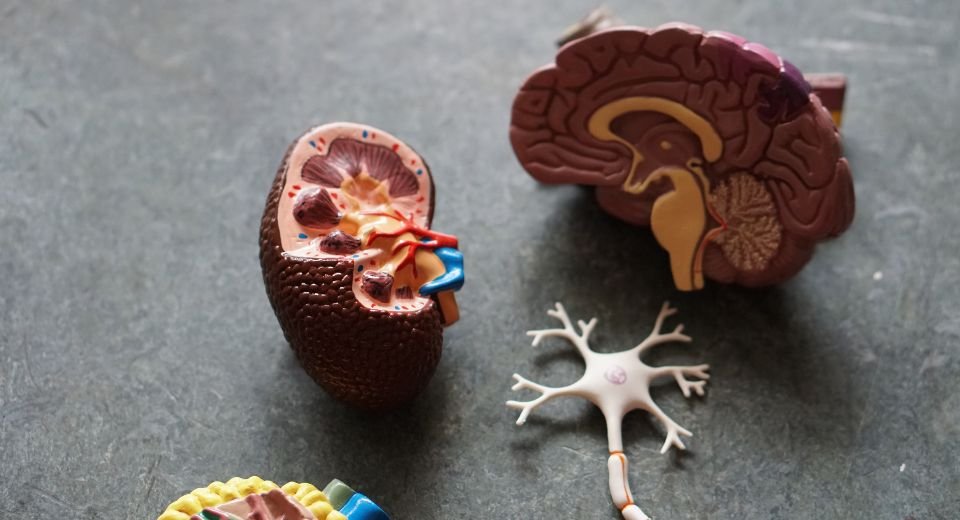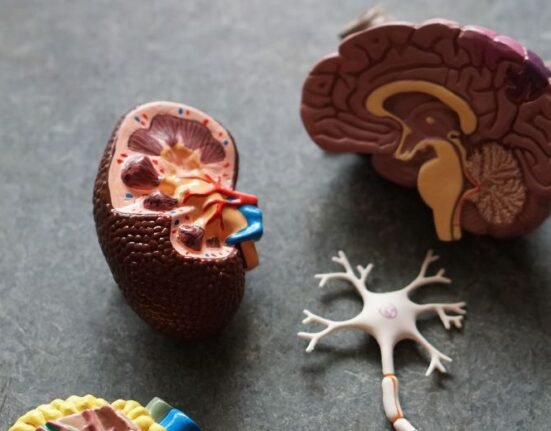Bharti Jayshankar
August 30, 2024: Kidney donors face a lower risk of death than previously believed, according to a new research.
Data from the last 30 years of live kidney donations has revealed a mortality rate of 1 for every 10,000 donors within three months of surgery. Earlier data put the number at 3.
“The last decade has become a lot more safe in the operating room for living donors,” said Dr. Dorry Segev, a transplant surgeon at NYU Langone Health and co-author of the study.
Death risk for healthy kidney donors is low and innovations and advances in surgical techniques have lowered the risk further. The researchers suggest that the donation guidelines need to be updated with the improved outcomes.
Organ donation
Living donations are allowed for only specific tissues or organs. Liver and bone marrow donations are possible because in both the tissue or cells can regenerate. This means the donor will not have any loss of function after a successful donation.
Kidneys cannot regenerate, but healthy people are allowed to donate one of their kidneys as one can function well with the remaining kidney.
Opt in or out
Despite the increase in both living and deceased donations, the demand for organs remains high, with many patients still waiting for transplants. Most governments and organisations urge people to “opt in” for organ donations. That is, people are urged to voluntarily register to donate organs after death.
Some countries have the “Opt out” option where you need to declare that you are not willing to donate your organs after death.
A study carried out by the University of Nottingham, University of Stirling and Northumbria University in the UK found that “countries using opt-out systems of organ donation had higher total numbers of kidneys donated – the organ that the majority of people on organ transplant lists are waiting for. Opt-out systems also had the greater overall number of organ transplants.” Although, they also found that Opt-in systems did, however, have a higher rate of kidney donations from living donors.
Numbers
The United States has the highest number of patients waiting for a kidney transplant, comprising over 85% of the total U.S. transplant waiting list
Over 46,630 transplants were performed in the U.S. in 2023, marking a record-breaking year for organ transplants. The total number of organ donors in 2023 included over 6,900 living donors.
Spain has the highest organ donation rate in the world, with 49.61 deceased donors per million population (pmp) in 2019. Croatia has a rate of 40.2 donors pmp. The United States follows closely with 36.88 deceased donors pmp.
If more living donors are registered then the waiting list can be improved. Awareness, policies and expenses are factors that play a part in the registration of donors.
Risks of kidney donation
An analysis of more than 164,000 living kidney donations from 1993 through 2022 by the New York University found 36 post-surgical deaths. Most at risk were male donors and those with a history of high blood pressure. New minimally invasive surgery and better techniques have seen only 5 deaths post-2013.
Long-term risks involve injuries or accidents impairing the functioning of the remaining kidney. Family history of kidney disease, obesity and high blood pressure are factors that determine the suitability of a donor.
Earlier, young adults were considered the ideal living donor. But Dr. Segev said there’s a shift toward more older living donors because it’s easier to correctly predict that they won’t outlive their remaining kidney.
The new study is published in JAMA.




